


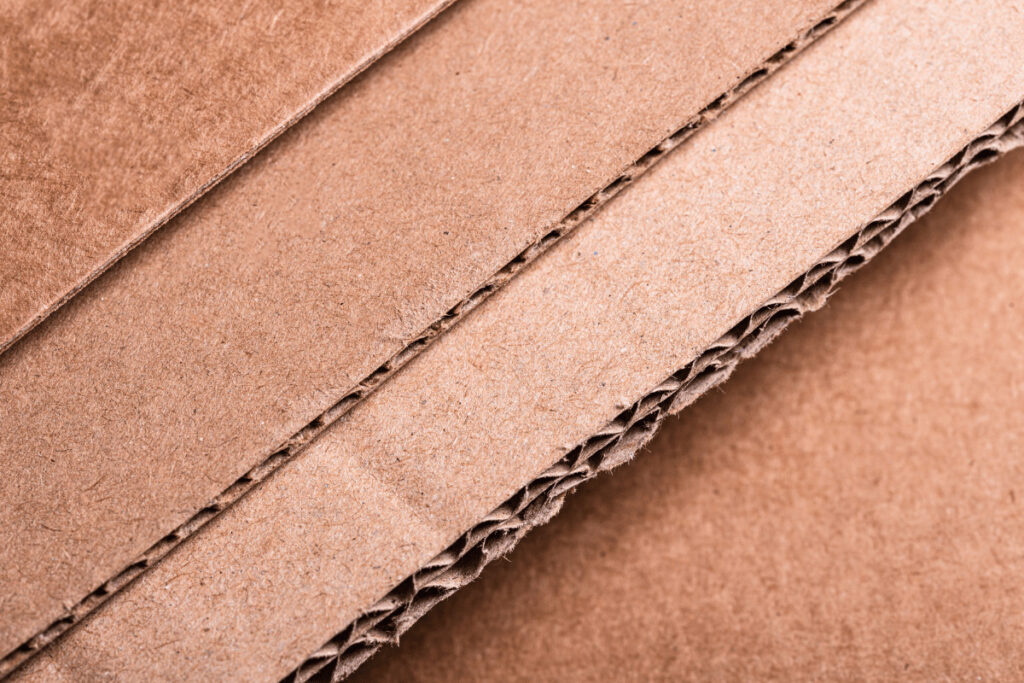
Understanding Flutes and Arch Principles:
Flutes in corrugated boxes use ideas from architecture to provide strength and stability. For thousands of years, architects have known that curves can offer strong support when building structures. This idea is reflected in how corrugated boxes are designed, using wave-shaped flutes to make the cardboard stronger and improve packaging. This essay will look at how flutes work, their different types, and the benefits they provide to corrugated packaging.
The Science Behind Corrugated Structures:
1. Principles of the Arch: The arch is one of the most efficient architectural forms because it distributes weight evenly across its structure. Corrugated boxes apply this principle, using flutes that act like the curved segments of an arch. By creating a three-dimensional structure, corrugated cardboard effectively resists bending and compression forces from various directions.
2. Corrugated Board Composition: A typical corrugated box consists of three layers: an inner layer known as the medium (the fluted section) sandwiched between two outer layers called linerboards. Manufacturers adhere the flutes to the linerboard using a starch-based adhesive, enhancing the board’s overall strength while maintaining flexibility. This composition allows the box to absorb shocks and resist crushing forces, making it an ideal packaging material for a wide range of products.
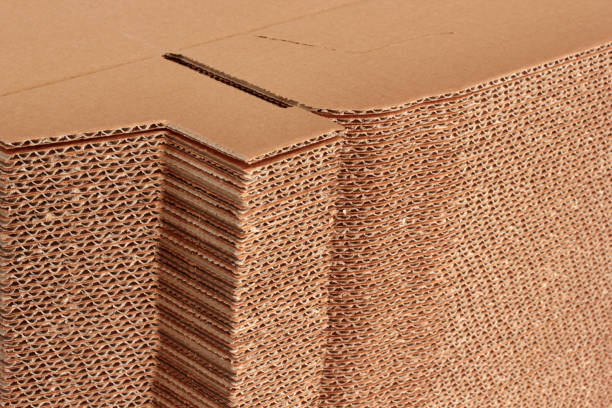

Benefits of Corrugated Flutes Structures :
1. Strength and Durability: The flutes in corrugated boxes provide structural integrity, allowing them to withstand heavy loads and protect their contents from damage during transportation and storage. This strength makes them suitable for various industries, including food, electronics, and pharmaceuticals.
2. Lightweight and Cost-Effective: Despite their strength, manufacturers design corrugated boxes to be relatively lightweight, which helps reduce shipping costs and makes them an economical choice for businesses. The use of flutes enables the creation of strong packaging without adding excessive weight.
3. Eco-Friendly: Many corrugated boxes come from recycled materials and are recyclable themselves. This characteristic aligns with growing environmental concerns, as businesses and consumers increasingly seek sustainable packaging solutions.
Benefits of Corrugated Flutes Structures :
4. Versatility: The variety of flute profiles allows for a wide range of applications. Businesses can choose the appropriate flute type based on their specific packaging requirements, whether for cushioning fragile items or providing structural support for heavier products.
5. Customization: The design flexibility of corrugated boxes means they can be customized to fit unique product dimensions. This ensures that items are securely packaged, minimizing movement within the box and reducing the risk of damage.
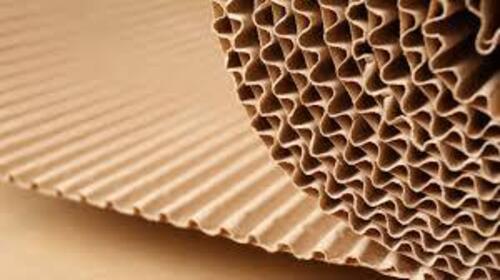
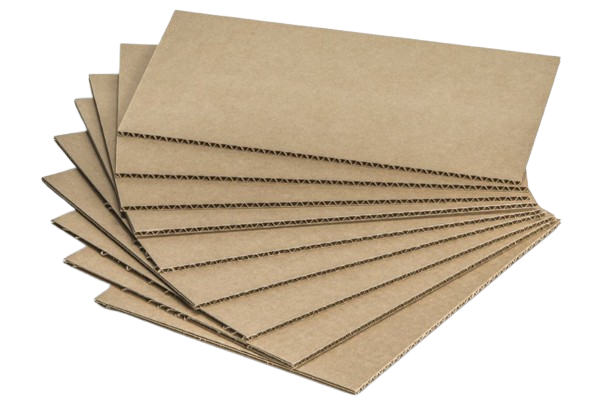
Understanding Flute Profiles:
1. A-Flute: Characterized by a larger flute size, A-flute is about 5/16 inches high. It provides excellent cushioning, making it ideal for fragile items, as it can absorb impacts effectively. A-flute is often used for packaging glass, ceramics, and electronics.
2. B-Flute: Slightly thinner than A-flute, B-flute measures around 1/8 inches in height. It offers a balance between cushioning and strength, making it suitable for a variety of packaging applications, including retail boxes and food packaging. B-flute provides a smooth printing surface, which is beneficial for branding.
3. C-Flute: Measuring approximately 3/16 inches high, C-flute combines characteristics of both A and B flutes. It is versatile and widely used in shipping boxes due to its strength and cushioning properties. C-flute is often utilized for heavier products that require additional support.
Understanding Flute Profiles:
4. E-Flute: With a height of about 1/16 inches, E-flute is the thinnest flute profile. It is lightweight yet strong, making it ideal for point-of-purchase displays and retail packaging. The smaller flute size allows for high-quality printing, making it visually appealing for branding.
5. F-Flute: Even thinner than E-flute, F-flute is approximately 1/32 inches high. It is primarily used for lightweight packaging and offers a smooth surface for printing, making it popular for food and cosmetic packaging.

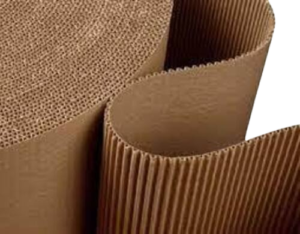
Conclusion:
The principles of arch design have significantly influenced the creation of corrugated boxes, particularly through the incorporation of flutes. These wave-shaped structures enhance the strength, durability, and versatility of cardboard packaging, making it an indispensable component in various industries. By understanding the mechanics behind flutes and their profiles, businesses can make informed decisions about their packaging solutions, ensuring product safety and optimizing logistics. As sustainability continues to be a priority, the eco-friendly nature of corrugated packaging further solidifies its importance in today’s market, marrying functionality with environmental responsibility.

